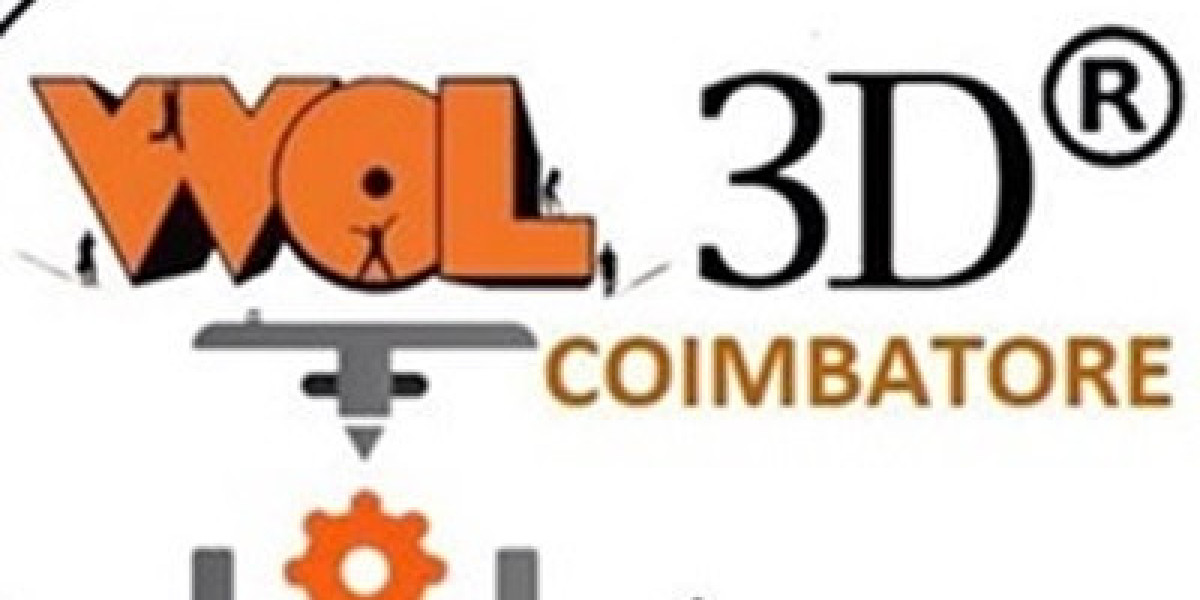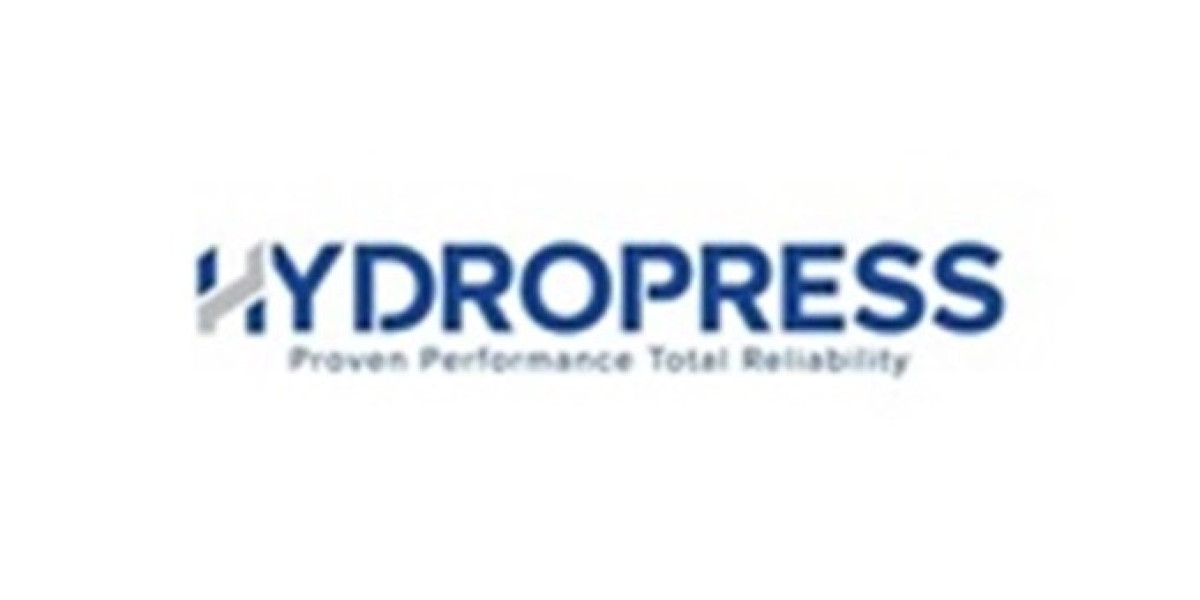Automotive Electronics Sensor Aftermarket – Comprehensive Market Analysis (2025)
Overview
The Automotive Electronics Sensor Aftermarket is experiencing robust growth globally, driven by increasing vehicle parc (vehicles-in-use), rising demand for vehicle safety and performance optimization, and the growing trend of vehicle electrification and connectivity. As vehicles become more complex and tech-enabled, electronic sensors play a critical role in ensuring functionality, safety, and efficiency. From oxygen and temperature sensors to parking, speed, and pressure sensors—these components are essential across every segment of vehicle operation.
In 2025, the aftermarket for automotive electronic sensors is expanding rapidly due to several key factors: rising average vehicle age, consumer preference for sensor upgrades, stringent emission and safety regulations, and increasing adoption of advanced driver-assistance systems (ADAS). The growing number of do-it-yourself (DIY) repairs and accessible online auto parts platforms are also fueling sensor replacement and upgrade activities globally.
Segmentation
By Product Type
- Position Sensors (throttle, crankshaft, camshaft sensors)
- Temperature Sensors (coolant, exhaust gas temperature)
- Pressure Sensors (tire pressure, manifold absolute pressure)
- Speed Sensors (wheel, transmission speed sensors)
- Level Sensors (fuel, oil level sensors)
- Oxygen/Lambda Sensors
- Proximity & Parking Sensors
- Radar, Lidar & Ultrasonic Sensors (used in ADAS systems)
By Vehicle Type
- Passenger Cars
- Light Commercial Vehicles (LCVs)
- Heavy Commercial Vehicles (HCVs)
- Electric Vehicles (EVs)
By End User
- Individual Vehicle Owners (DIY Market)
- Independent Garages & Mechanics
- Authorized Service Centers
- Fleet Operators
By Region
- North America
- Europe
- Asia-Pacific
- Latin America
- Middle East & Africa
Key Players
- Bosch
- Leading global player offering a wide range of aftermarket sensors.
- Strong distribution network and innovative sensor technologies for both ICE and electric vehicles.
- Continental AG
- Known for high-performance safety and powertrain sensors.
- Focus on ADAS-compatible sensor systems in the replacement market.
- Denso Corporation
- Supplies thermal, oxygen, and MAP sensors extensively.
- Leverages OE expertise to dominate aftermarket sensor offerings.
- HELLA GmbH & Co. KGaA
- Specializes in radar, parking, and lighting sensors.
- Provides modular aftermarket sensor kits for easy installation.
- Delphi Technologies (BorgWarner)
- Strong in ignition, fuel, and emission sensor categories.
- Offers wide compatibility for multi-brand vehicles.
- Sensata Technologies
- Focused on high-precision sensing solutions in pressure and temperature segments.
- Supplies OEM and aftermarket clients in North America and Europe.
Regional Analysis
North America
- Mature aftermarket industry supported by high vehicle ownership and aging vehicle fleet.
- Strong DIY repair culture.
- Adoption of ADAS and emission control sensors on the rise.
Europe
- Stringent vehicle emission and safety regulations drive demand for advanced sensors.
- Higher EV penetration boosting demand for specialized sensors.
Asia-Pacific
- Fastest-growing market due to rapid motorization in India, China, and Southeast Asia.
- Expanding e-commerce platforms and urbanization drive aftermarket access.
Latin America & MEA
- Market growth driven by increasing awareness of vehicle maintenance.
- Challenges include limited high-tech service networks and sensor availability in remote areas.
Latest Developments (2025)
- Sensor Integration with IoT Platforms: Aftermarket players are developing plug-and-play sensor kits with Bluetooth or Wi-Fi connectivity for diagnostics and performance tracking.
- Growth in EV Sensor Demand: Battery management sensors, temperature monitoring sensors, and regenerative braking sensors are seeing higher aftermarket penetration.
- ADAS Sensor Replacements: As more vehicles are equipped with advanced driver assistance systems, replacement of lidar, radar, and camera-based sensors is growing.
- Online Retail Surge: Online marketplaces like Amazon, Bosch’s direct sales platforms, and RockAuto are increasing the accessibility of replacement sensors for consumers and garages.
- Regulatory Push: Countries are mandating OBD-II compliance and tire pressure monitoring systems (TPMS), leading to increased sensor retrofitting.
Conclusion
The Automotive Electronics Sensor Aftermarket is evolving in line with the broader transformation of the automotive industry. As vehicles become smarter, greener, and more automated, the demand for sensor replacements and upgrades will continue to rise. This market presents lucrative opportunities for manufacturers, distributors, and service providers alike—especially those focused on connectivity, ease of installation, and multi-platform compatibility.
By 2025 and beyond, the aftermarket will not only support older vehicles but also play a critical role in maintaining the functionality of electric and autonomous vehicle fleets. The integration of AI, predictive diagnostics, and cloud-based vehicle health monitoring will further revolutionize this dynamic sector—positioning it as a cornerstone of the modern automotive service ecosystem.
Explore More Related Reports:
Automotive Pressure Sensor Market
Automotive Parts Die Casting Market
Automotive Sensor Fusion Market







